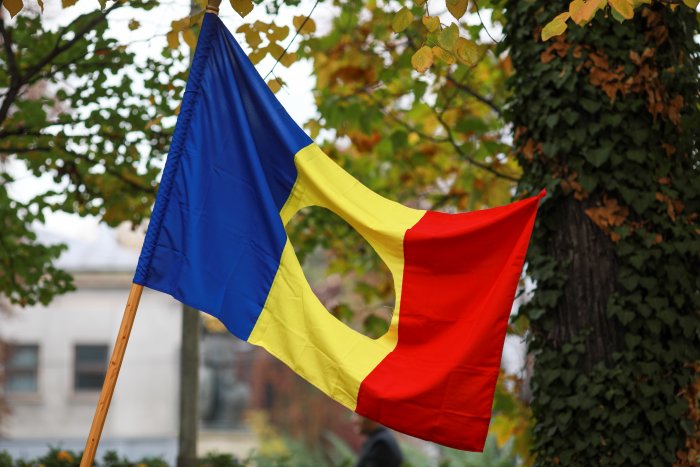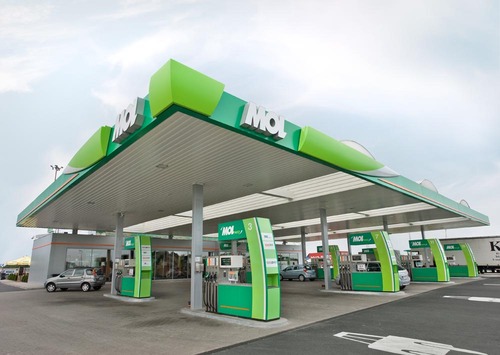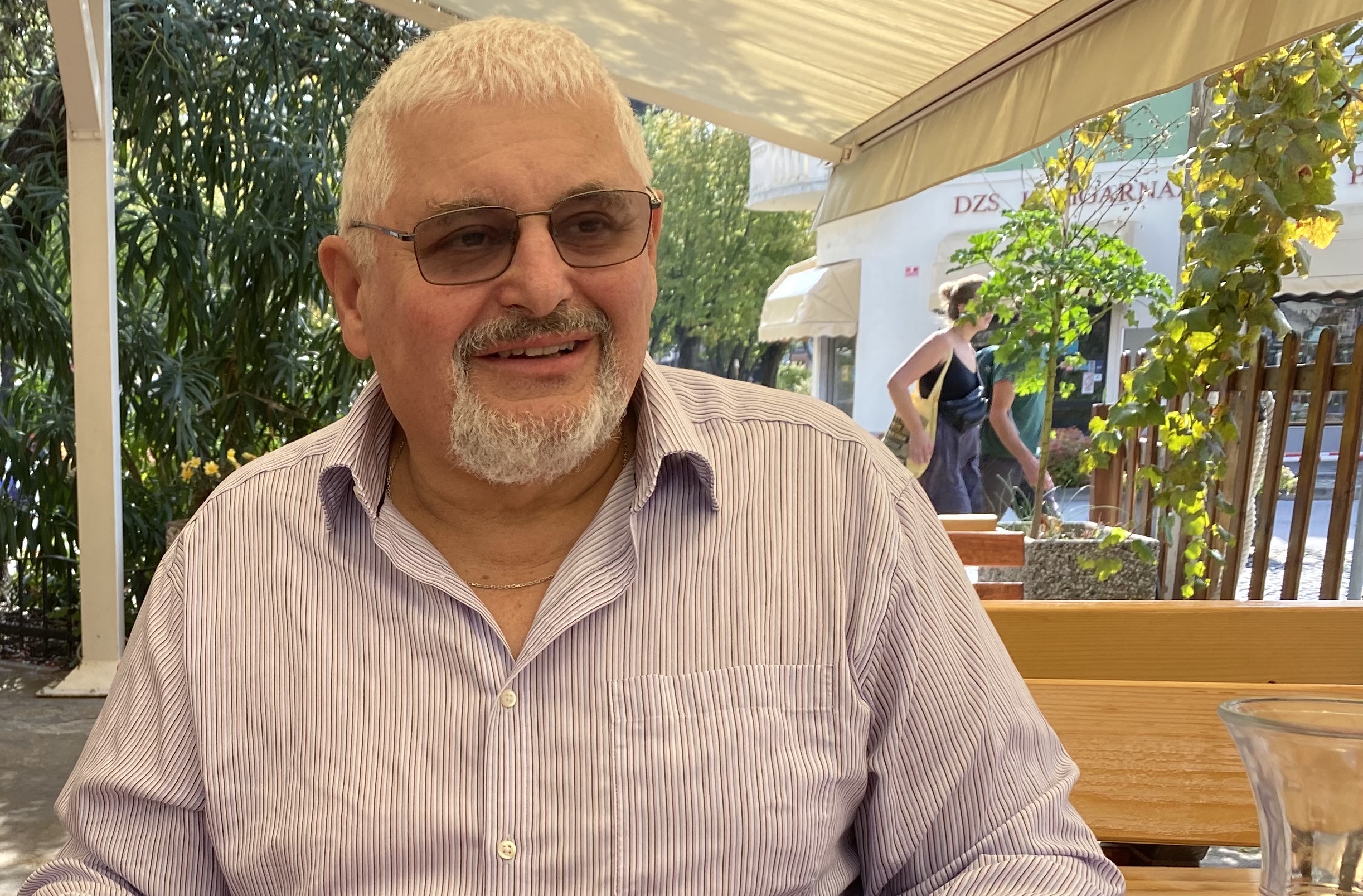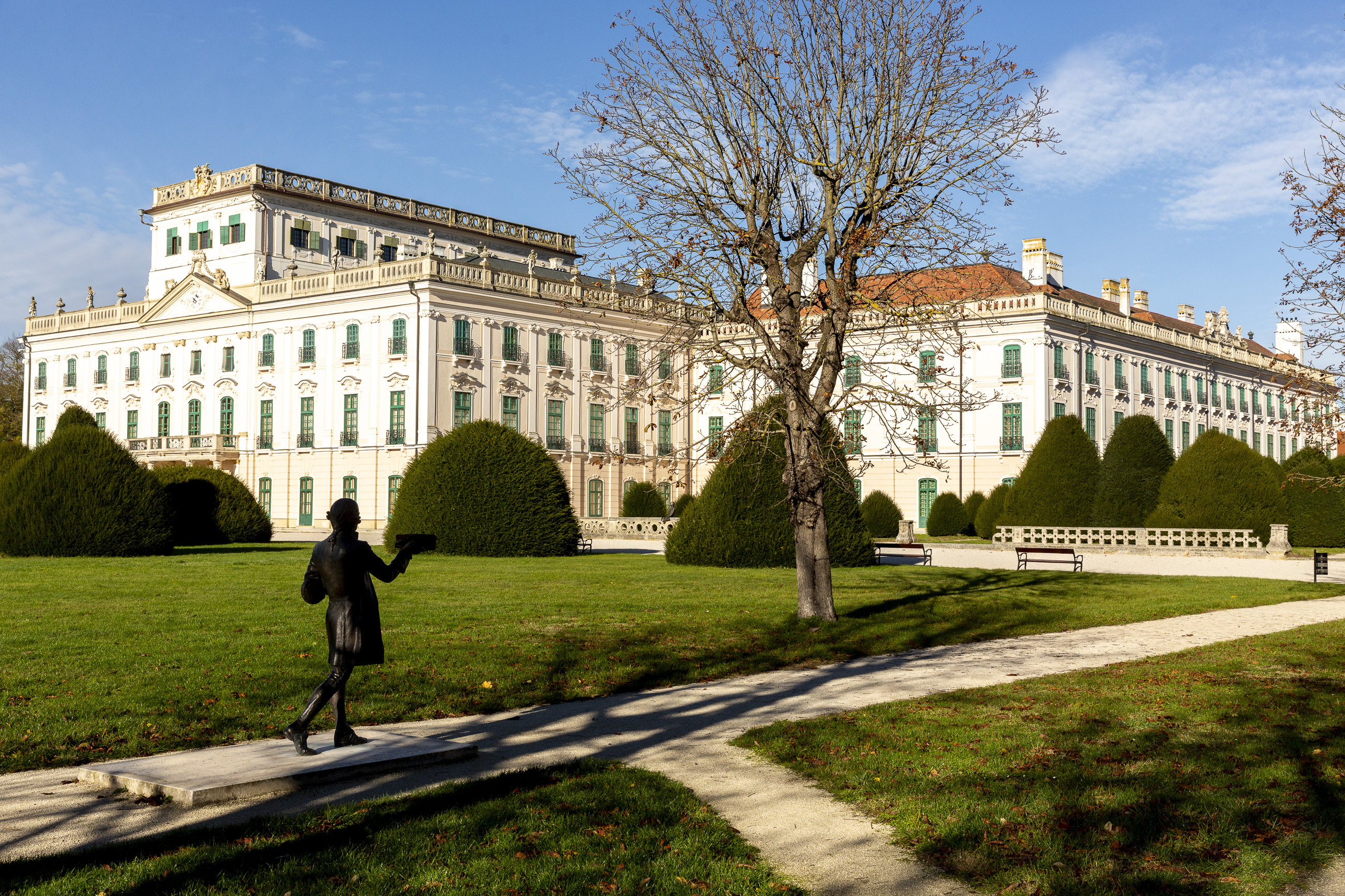Romania Sends a Message

Mircea Moira/Shutterstock.com
Like Hungary in 1956, one symbol of Romaniaʼs December 1989 revolution was the national flag with a hole in the middle where the communist emblem had been cut out. Photo by Mircea Moira/Shutterstock.com
It was just before Christmas, around 10, when the phone rang. A Hungarian friend was on the line. “Have you heard? They’ve kicked out Ceausescu,” she said. It was 1989, and we had a revolution next door. For a journalist, the message was clear: Get in the car.
Romania in 1989 had a bad international press. Little wonder. I remember the road into Oradea, the first town over the border from Hungary. Past a dark, giant aluminum plant, a tangle of pipes, hissing valves and piles of ore, and then into a communist-era housing estate. Block after block of flats, with most, like the street, in darkness: Whole swathes of Romania suffered from power rationing every day.
After a fitful sleep in a freezing car, my photographer and I drove on. Astonishingly, at 5 a.m. and still deep in the countryside, we passed scores of people, simply walking to work in the darkness. Few had cars, even fewer had petrol.
In the course of the next four days, in the cities of Hunedoara and Sibiu, we witnessed crowds burning books by the deposed dictator Nicolae Ceausescu, a gun battle between the army and a “terrorist” nest, and the near lynching of a suspected Securitate (secret police) agent. In between we ourselves were arrested at gunpoint, spending Christmas Eve detained as “terror” suspects in an army barracks. We also viewed the dead civilians, 156 of them, in Sibiu hospital, on Christmas Day. As we left, the 157th was carried in.
Unlike Hungary, which by the 1980s typically surprised visitors for its relatively high standard of living, life in Romania was nothing short of misery for the majority; a country of rich agricultural potential where citizens suffered from vitamin deficiency. In 1990, it had a GDP per capita of USD 5,270 at purchasing power parity. In Austria the comparable figure was USD 19,440 (source, World Bank). The first available estimate for Hungary is USD 8,310, in 1991.
Fast Forward
But fast forward 30 years, and the progress is impressive. The economy expanded by 4.7% last year, following a spectacular 7.6% surge in 2017. It’s currently on course for 4.2% growth and the general mood is “extremely positive”, according to an Anglo-Irish entrepreneur living in Cluj-Napoca, central Transylvania.
“The recent Presidential elections pave the way for parliamentary and local government representatives to be transformed away from old school, 1980s-style leaders. It does depend on a high voter turnout in the 2020 elections, but a new political elite is emerging; it’s dynamic and with strong ethics, committed to a better Romania,” my long-time contact said.
Naturally, the country is not all sweetness and light. Graft, my contact says, is “still endemic” in infrastructure, healthcare and education (sound familiar?), and near-monopoly operations such as utilities remain “overpopulated with communist-style employees, making the services very difficult to engage with or to make things happen.”
But the business environment in particular has been transformed in the last two years, with a new, fast track law for start-ups, an extremely favorable tax regime for micro companies (at 1% of revenues) and 16% profit tax for larger companies, along with a 5% dividend tax across the board, all boosting growth and innovation.
Young Romanians are “entrepreneurial”, typically multi-lingual and hard-working. Property rights are secure, and “generally speaking, its is safe to live and bring up a family”, says my contact, who speaks from experience.
Three decades after a kangaroo court sentenced the former presidential couple to death on Christmas Day, Romania boasts a GDP per capita (ppp) of USD 28,200. That’s still a chunk behind Hungary, at USD 30,670, but the message to Budapest is clear: Watch out! Your former impoverished neighbor is catching up fast, and who knows, could perhaps teach you a lesson or two in successful transformation. They’ve certainly done more of it.
The Bottom Line is a monthly column written by Kester Eddy, a long-standing and well respected Budapest-based business and economic journalist, who has written for the Financial Times and many regional publications. The opinions expressed in the column are not necessarily those of the Budapest Business Journal. To comment on this column, or on anything else in the BBJ, email the editor at robin.marshall@bbj.hu
SUPPORT THE BUDAPEST BUSINESS JOURNAL
Producing journalism that is worthy of the name is a costly business. For 27 years, the publishers, editors and reporters of the Budapest Business Journal have striven to bring you business news that works, information that you can trust, that is factual, accurate and presented without fear or favor.
Newspaper organizations across the globe have struggled to find a business model that allows them to continue to excel, without compromising their ability to perform. Most recently, some have experimented with the idea of involving their most important stakeholders, their readers.
We would like to offer that same opportunity to our readers. We would like to invite you to help us deliver the quality business journalism you require. Hit our Support the BBJ button and you can choose the how much and how often you send us your contributions.








